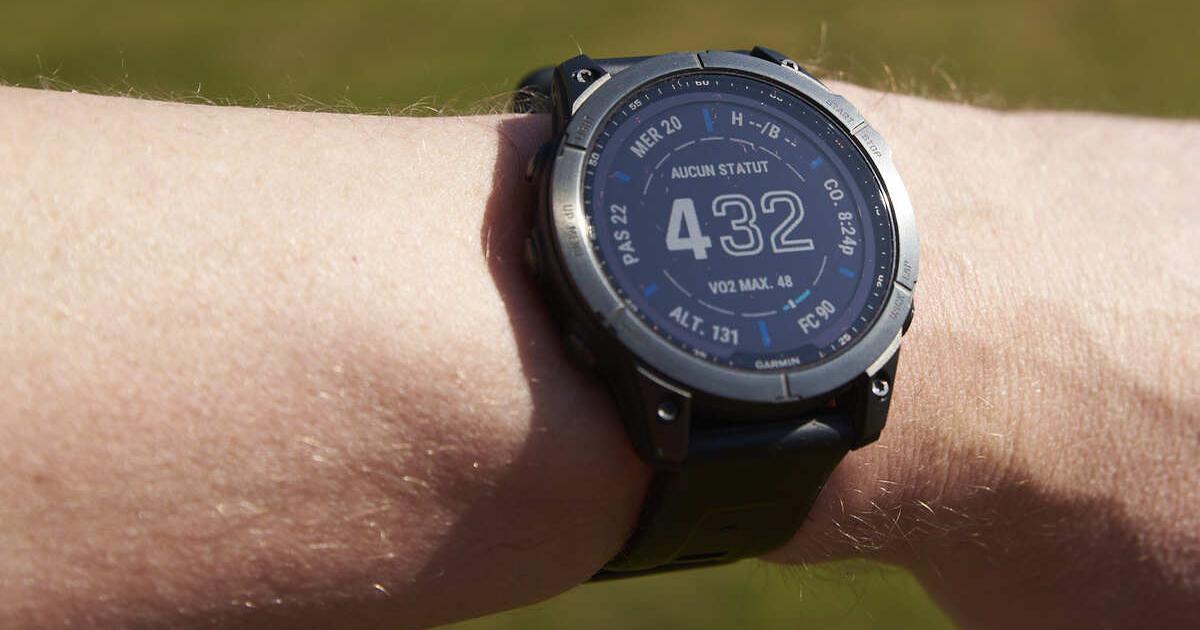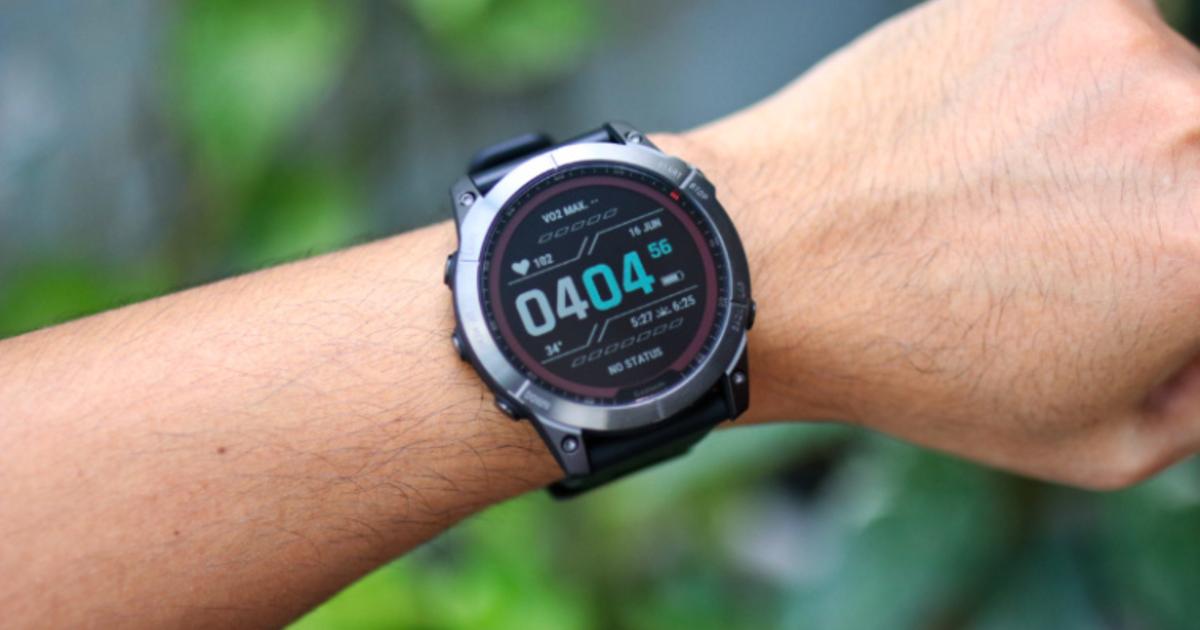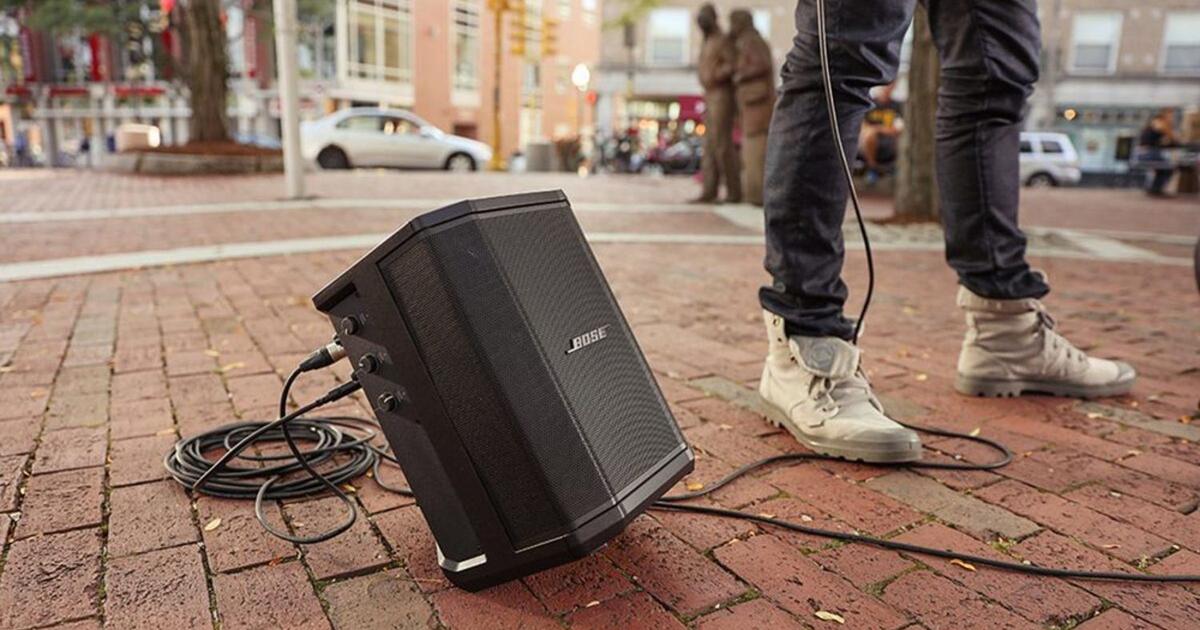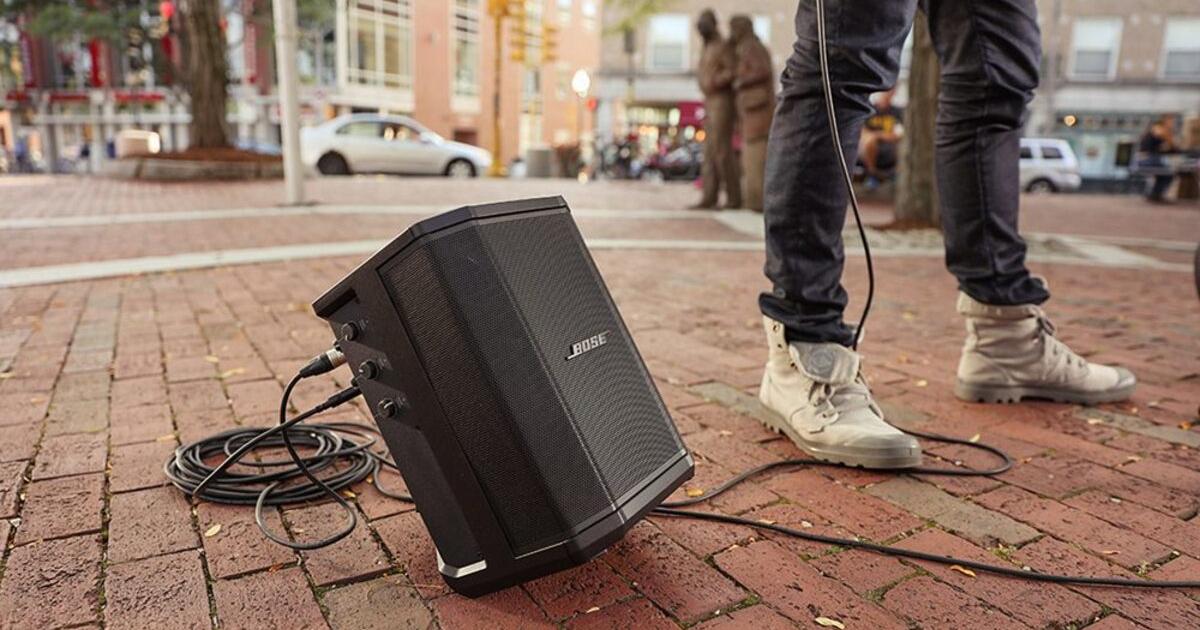Cells are the factory of all the components of life.
Seven years ago, researchers James E. Rothman, Randy W. Schekman, and Thomas C. Südhof received the Nobel Prize in Medicine for discovering the molecular machinery that organizes this basic biological unit.
However, until now, an important part of the sophisticated logistics system that allows some proteins and other molecules generated to be identified by their specific function and taken to the exact place where they have to fulfill their mission was unknown about this vital factory.
An international team led by researchers from the University of Seville has identified it and managed to observe it live for the first time.
“The cell is an extremely complex machine that has been optimized by millions of years of biological evolution.
Its thousands of vital components, which it generates itself, all work in unison as if it were a wonderful orchestra.
To achieve this, the cell itself manufactures and sends each instrument to the correct place from where they must interpret the symphony of life.
Any error in this distribution process will make the orchestra out of tune, producing diseases in the body such as cancer or Alzheimer's, ”says Manuel Muñiz, head of the research group at the Department of Cell Biology at the University of Seville (US) and the Institute of Biomedicine of the Andalusian capital (IBIS).
Many molecules that are made in the cell and ensure vital functions are transported in small packages called vesicles.
Once created, they have to be identified and located in their exact place so that they can fulfill their mission.
Without the complex biological logistics system, they would be nothing more than a chaotic warehouse of organic material.
"Proteins are manufactured in a compartment of the cell and then they have to be distributed correctly by going out through
specific
doors
", explains Muñiz.
Sevillian scientists have discovered that membrane lipids are in charge of selecting and directing certain proteins towards those correct exit doors.
"It is important to investigate and understand how the cell manages to correctly distribute its thousands of components, such as proteins, and thus guarantee vital functions," says the professor who has managed to solve a puzzle of basic biology
The machinery that distributes a large number of molecules to the exact place so that they can fulfill their mission decodes the information contained in the proteins themselves to transport them in the vesicles, whose envelope consists of a thin membrane made up of lipids.
Now, the US team, in collaboration with the Japanese Riken Institute and the universities of Hiroshima (Japan), Geneva and Friborg (Switzerland), has shown that, in this complex system, the lipids of the envelope are also capable of identifying and distribute proteins within the cell.
Muñiz simplifies his research, published in
Science Advances
, with a simile to make his finding more understandable: “The thousands of proteins that are manufactured have to be efficiently distributed and delivered.
It is like an Amazon of the cell.
Each molecule carries a specific envelope (the membrane of the vesicles) and its corresponding label with a barcode (genetic) that includes all the information of the destination.
To be distributed correctly, the packages leave the central cell of this cellular Amazon through specific molecular doors.
That was part of the mechanism that won the Nobel Prize in 2013. But there was an unsolved puzzle because there are proteins that do not carry the label and, nevertheless, reach their destination ”.
In 1997, Kai Simons and Elina Ikonen proposed an attractive and controversial hypothesis to explain how unlabeled proteins could be properly distributed.
The theory proposes that certain lipids form a special envelope that would package these proteins and assign them a destination, even if they lack the barcode.
"We have shown that this special packaging, which in the Amazon simile would be only the box, has information in itself and that it leaves the Amazon headquarters through different doors than the packages that contain all the data in the barcode", Muñiz explains.
“Certain very long lipids (called ceramides) would act as specialized classifiers capable of guiding proteins towards their destination just by the type of envelope.
But unlike what the original lipid raft theory proposes, we have found that lipids do not act alone, as they must establish a dialogue with proteins to make delivery possible.
It had never been proven and we have discovered it ”, adds the researcher.
The researcher, since his university days, has always been interested in understanding how the basic unit of life (the cell) is organized and how the errors of this organization cause diseases.
The journal
Cell
had reflected his team's research in this field.
But a demonstration was necessary through live observation of the mechanism on which there were theories that supported and questioned it.
The only technology in the world capable of opening a window to observe if lipids are capable of selecting and directing certain proteins to the correct exit ports is that developed by the
Live Cell Super-Resolution Imaging Research Team
(Riken) led by the Japanese researcher Akihiko Nakano, to whom Muñiz proposed the challenge.
"It is one of the big questions that remain to be solved in the field of cell biology," Nakano responded after accepting the challenge.
Specific yeast cells - the same single-celled fungus that is used to make bread, beer and wine - were designed as a model organism.
"Being eukaryotic cells, like ours, they carry out the same basic cellular processes in a very similar way, so the observations can be extrapolated to human cells", explains the US professor.
Riken's microscope, which allows observing objects up to 60 nanometers (each nanometer is a millimeter divided by a million) and below the refractive limit of light, moving at high speed within the cell in three dimensions of space ( 3D), has been the key technological element to demonstrate the process in vivo, capturing for the first time at an ultra-small scale how proteins pass through molecular exit gates ”.
But artificial intelligence teams have also participated to develop simulations of the process.
"Science is and can only be collaborative," explains Muñiz.
“This distribution mechanism that we have described could also be used in several important processes such as the entry and exit of the cell of certain viruses from the cell, as well as in the formation of exosomes (extracellular lipid vesicles that intervene in communication between cells. and they have a great implication, especially in cancer) ”.
You can follow
MATERIA
on
,
,
or subscribe here to our
newsletter

/cloudfront-eu-central-1.images.arcpublishing.com/prisa/SQR7IVFGQNCBRKAESPXZK3WEQM.jpg)







